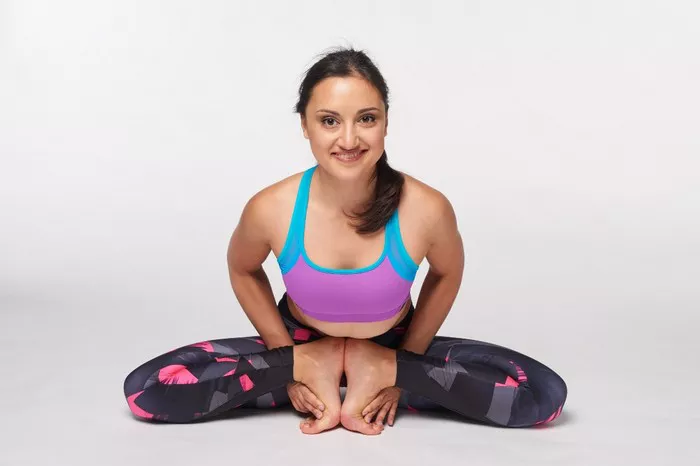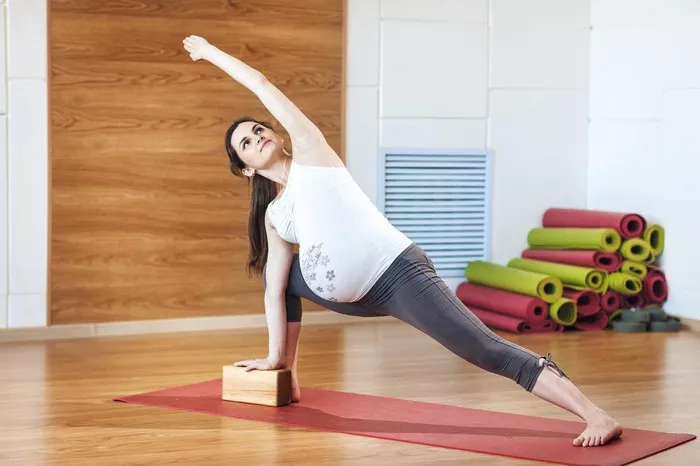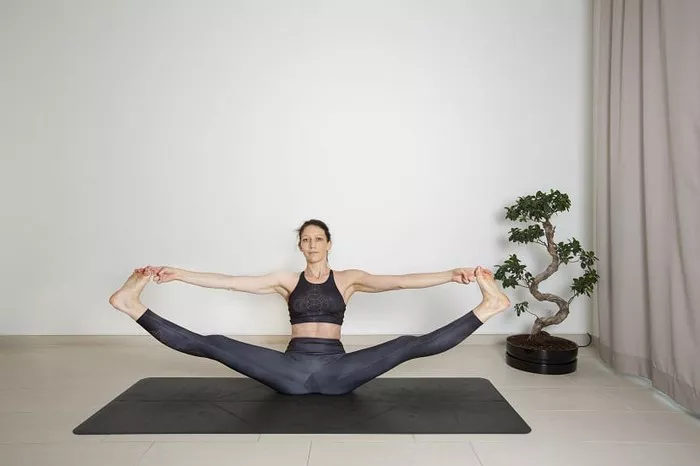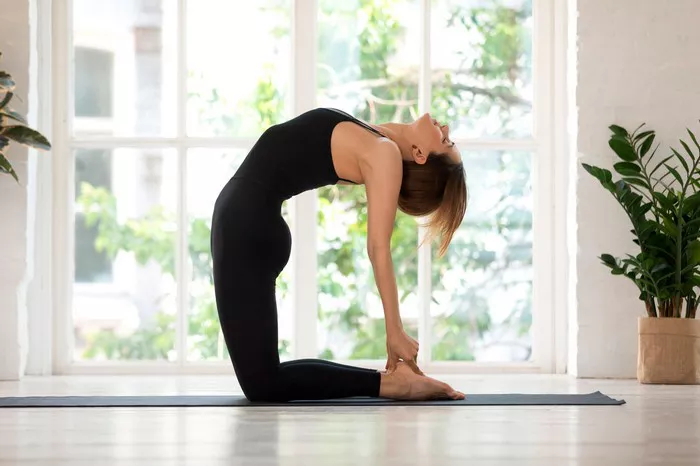Bikram yoga, a popular style of hot yoga, has gained widespread attention for its challenging physical demands and unique setting. Named after its creator, Bikram Choudhury, it is practiced in a room heated to around 105°F (40°C) with a humidity level of 40%. This practice consists of 26 specific postures and 2 breathing exercises, all done in a sequence designed to promote strength, flexibility, and balance. While the benefits of Bikram yoga are often touted by practitioners and instructors alike, it is important to understand the specific effects that Bikram yoga has on the body—both immediately after a session and over time.
The Basics of Bikram Yoga
Before we dive into the physical changes your body undergoes, it’s essential to understand the structure of a typical Bikram yoga class. The session lasts for 90 minutes and is made up of 26 postures and 2 breathing exercises that target various muscle groups. The heat is a fundamental element of the practice, increasing the flexibility of the body and promoting sweating, which helps to flush out toxins. It also boosts the cardiovascular system by elevating the heart rate during physical exertion in a hot environment.
Now, let’s explore what happens to your body both immediately and over time after participating in a Bikram yoga class.
Immediate Effects on the Body After Bikram Yoga
1. Hydration Loss & Electrolyte Imbalance
One of the most immediate effects of Bikram yoga is the loss of water through sweating. In a heated room, your body works hard to regulate its internal temperature, which leads to excessive sweating. While this is great for detoxification, it also means that you lose significant amounts of water and electrolytes like sodium, potassium, and magnesium.
Without replenishing fluids post-class, dehydration can set in, which may lead to dizziness, fatigue, or muscle cramps. It is critical to hydrate before, during, and after the session to maintain electrolyte balance. Coconut water, sports drinks with electrolytes, or simply water with a pinch of salt can help restore the minerals lost during the session.
2. Increased Blood Circulation
The heat in the room causes your blood vessels to dilate, which improves circulation throughout the body. As your heart rate increases and the blood flow to the muscles intensifies, more oxygen and nutrients are delivered to the tissues. This is particularly beneficial for muscle recovery and joint health after a challenging workout. It also aids in removing waste products, such as lactic acid, which can build up in the muscles during exercise.
The immediate effects of improved circulation often lead to a post-class feeling of rejuvenation and relaxation, as the body releases tension and is flooded with fresh oxygenated blood.
3. Muscle Warmth & Flexibility
One of the most noticeable effects of Bikram yoga is the increase in muscle flexibility. The heat helps to warm up the muscles before stretching, reducing the risk of injury and allowing you to go deeper into each posture. This deep stretching not only improves your flexibility but also promotes muscle lengthening over time. After a Bikram session, many practitioners report feeling “looser” and more relaxed, which is a direct result of the heat and dynamic stretches.
However, it is important to note that while the heat facilitates flexibility, it can also lead to overstretching if not practiced mindfully. This is why it is critical to listen to your body and avoid pushing beyond your limits.
4. Detoxification Through Sweating
As you sweat in a Bikram class, you’re not just losing water. The sweating process helps expel toxins and impurities from the body, which many practitioners claim leads to a “cleansed” feeling after class. This detoxification process is a result of the body’s efforts to regulate temperature, and it can also aid in clearing out cellular waste from tissues.
While the idea of detoxification through sweating is widely discussed in yoga circles, it is essential to clarify that the primary organs responsible for detoxification are the liver and kidneys. The sweat produced during Bikram yoga helps eliminate small amounts of toxins, but it should not be seen as a complete detox. Proper hydration, a balanced diet, and regular exercise are crucial components of overall detoxification.
5. Endorphin Release & Stress Reduction
Bikram yoga, like any other form of exercise, stimulates the release of endorphins, the body’s natural “feel-good” hormones. Endorphins are responsible for the sense of euphoria or “high” that people often feel after a workout. The mental clarity and relaxation that accompany Bikram yoga are often attributed to this endorphin release.
Additionally, the focused nature of the practice—focusing on your breath, body alignment, and the sequence of postures—helps to calm the mind and reduce stress. Many practitioners report feeling mentally lighter and more focused after a Bikram session, as the practice encourages mindfulness and concentration.
Long-Term Effects of Bikram Yoga on the Body
While the immediate effects of Bikram yoga are powerful, the long-term benefits are perhaps even more remarkable. With consistent practice, Bikram yoga can lead to substantial improvements in both physical and mental health.
1. Improved Flexibility and Joint Health
Regular Bikram yoga practice is especially beneficial for improving flexibility. Over time, the muscles, tendons, and ligaments become more pliable, which reduces stiffness and increases range of motion in the joints. This is crucial not only for athletic performance but also for injury prevention and maintaining mobility as you age.
In particular, the heat allows practitioners to access deeper stretches and achieve more significant improvements in flexibility. As the body adapts to the heat and the demands of the postures, practitioners often notice a gradual increase in the depth of their stretches and an enhanced ability to move freely.
2. Stronger Muscles & Improved Strength
Bikram yoga isn’t just about stretching—it also helps to build strength. The postures in Bikram yoga target both large muscle groups, such as the quadriceps, hamstrings, and back, as well as smaller stabilizing muscles. Holding poses like Warrior I, Standing Bow Pulling Pose, and Half Moon Pose for extended periods builds endurance and helps strengthen muscles over time.
This increase in strength has functional benefits. Improved core strength, for example, helps with posture and stability in daily activities. Additionally, the enhanced muscle tone and strength gained from consistent Bikram practice can aid in better performance in other physical activities, such as running, cycling, or swimming.
3. Increased Cardiovascular Fitness
Bikram yoga is a cardiovascular workout. The heat increases your heart rate, making the session more intense and providing cardiovascular benefits similar to aerobic exercise. The combination of physical exertion, heat, and the continuous movement through the 26 poses provides a heart-pumping workout that helps improve cardiovascular endurance.
Over time, practitioners may notice an increase in overall stamina, better endurance during physical activity, and improved heart health.
4. Weight Management & Fat Burning
While Bikram yoga is not primarily a weight-loss practice, it can contribute to weight management due to its intensity and calorie-burning potential. The combination of heat, physical exertion, and full-body movements leads to a higher rate of calorie burn than traditional yoga styles performed at room temperature. Studies have shown that Bikram yoga can burn between 300 to 600 calories per session, depending on the individual’s body size and effort level.
In addition to calorie burn, the consistent muscle engagement in Bikram yoga leads to muscle toning, which increases your basal metabolic rate (BMR). A higher BMR means your body burns more calories at rest, which can contribute to long-term weight management.
5. Mental Clarity and Emotional Balance
Beyond the physical changes, Bikram yoga offers significant mental and emotional benefits. The practice requires you to be fully present and focused on your breath and movements, which can provide mental clarity and promote emotional balance. The heat and intensity of the class challenge you to remain calm under pressure, helping you develop patience, resilience, and mindfulness.
Many practitioners report feeling less stressed, more centered, and more emotionally balanced after regular Bikram yoga sessions. The combination of physical exertion, breath control, and mindfulness is a powerful tool for managing anxiety and promoting overall mental well-being.
Risks and Considerations
While Bikram yoga offers numerous benefits, it is not without its risks, especially for beginners or those with certain medical conditions. The extreme heat can lead to dehydration, overheating, or fainting if you are not careful. People with cardiovascular issues, respiratory problems, or heat sensitivity should consult with a healthcare professional before starting Bikram yoga.
It is also essential to listen to your body and avoid overexertion. The heat and intensity can sometimes lead to overstretching or muscle strain if proper form is not maintained. Ensuring that you are adequately hydrated, taking breaks as needed, and practicing with mindfulness are key to avoiding injury and getting the most out of your practice.
Conclusion
Bikram yoga offers a unique and intense workout that delivers a wide range of physical, mental, and emotional benefits. The combination of heat, specific postures, and breathwork challenges the body in ways that promote flexibility, strength, cardiovascular health, and mental clarity. While the immediate effects, such as increased circulation, muscle warmth, and detoxification, are evident, the long-term benefits, including improved flexibility, strength, and emotional balance, make Bikram yoga a worthwhile practice for many.
However, like any form of exercise, it is essential to approach Bikram yoga with awareness and mindfulness, ensuring that you stay hydrated, practice within your limits, and listen to your body. When practiced safely and consistently, Bikram yoga can be a transformative experience that leaves you feeling stronger, more flexible, and more focused—both on and off the mat.
Related topics

























